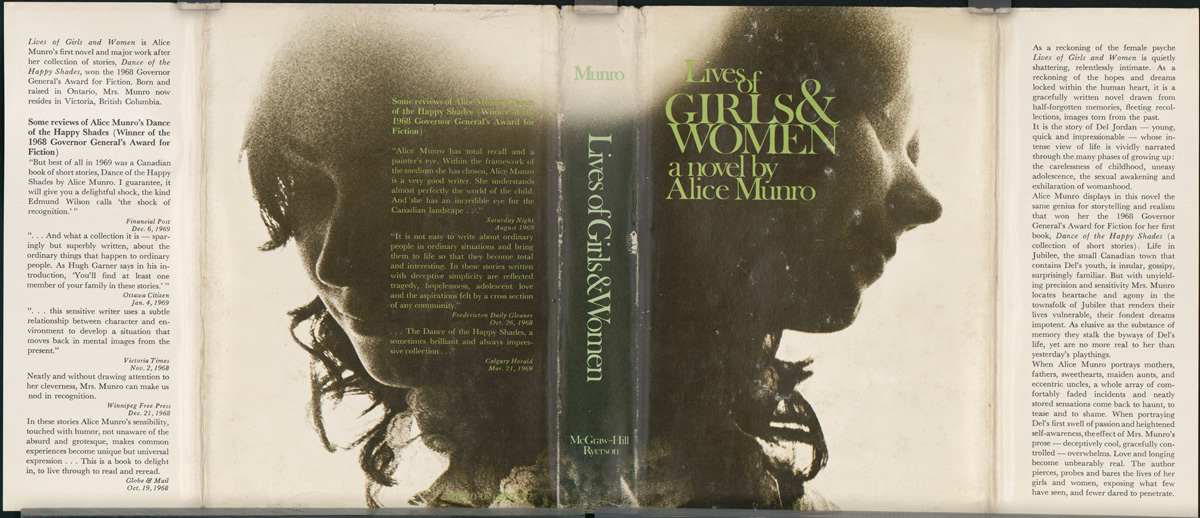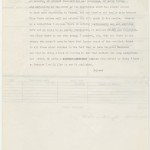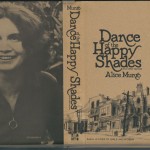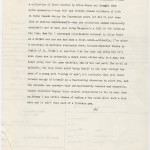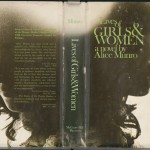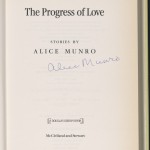On Thursday, October 10, the Nobel Prize Foundation awarded the coveted Nobel Prize in Literature to author Alice Munro, making Munro the 13th woman to win the award since its inception in 1901, and the first ever female winner from Canada. Munro—unlike most previous prize winners—is renowned not for novels or poetry, but for short stories, most of which are drawn from her small-town upbringing in rural Ontario. Peter Englund, the secretary of the Swedish Academy that bestowed the award, called Munro a “master of the contemporary short story,” declaring that throughout her career she “has taken an art form. . . which has tended to come a little bit in the shadow behind the novel, and she has cultivated it almost to perfection.”
Upon receiving the award, Munro herself acknowledged her hopes that winning the prize would foster long overdue recognition for the short story as a genre on par with novels, poems, and plays. She stated “I would really hope that this would make people see the short story as an important art, not just something you played around with until you got a novel.”
Indeed, documents in the Alfred A. Knopf archive at the Ransom Center reveal that Munro struggled for recognition of the short story as a sophisticated genre from the earliest days of her career. The Knopf collection contains two rejection sheets that address Munro’s work: one for Dance of the Happy Shades (1968), her first book of short stories, and another for Lives of Girls & Women (1971), her first novel. Both books were initially published by the Toronto house McGraw-Hill Ryerson and achieved such accolades in Canada that the firm sought a wider reading audience in the United States.
Upon reading Dance of the Happy Shades in 1968, Knopf editor Judith Jones wrote in her rejection sheet that although she “quite love[d] these stories,” she found “nothing particularly new and exciting here.” She also expressed misgivings about Munro’s future ability to develop longer forms of narrative: “her forte is the story; she doesn’t seem to have the larger reach of the novelist.” Two years later, after reading Munro’s first attempt at longer fiction, Jones reiterated her reservation toward an author seemingly not destined to develop into a bestselling novelist; after reading Lives of Girls & Women, she commented, “there’s no question that the lady can write but it’s also clear she is primarily a short story writer,” and anticipated that the book would be “easily overlooked.” Jones rejected the novel, which was published in New York by McGraw-Hill in 1972, to great acclaim. Ironically, the success of Munro’s first novel encouraged McGraw-Hill New York to subsequently publish Munro’s first book of short stories in 1973—nearly five full years after its first appearance in Canada.
In an interview with The New Yorker in 2012, Munro stated that “for years and years, I thought that stories were just practice, till I got time to write a novel. . . . Then I found that they were all I could do, and so I faced that.”
Since 1968, Munro has published 14 short story collections, almost all of which have been translated and distributed worldwide.
Please click on the thumbnails below to view larger images.
